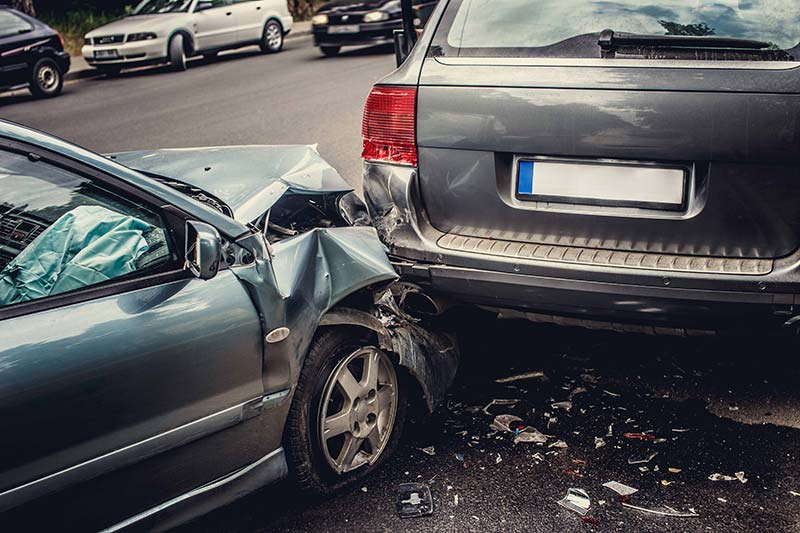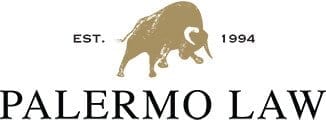04 Jun Who Pays for Your Cars Damages After an Accident?
If you were involved in a motor vehicle collision with damage to your vehicle, you may be wondering who is responsible for paying for the repairs or replacement cost of your vehicle? In today’s blog, I will explain the different options that are available to hopefully help make the decision in your situation a little easier.
There are generally two options when it comes to filing a property damage claim with insurance companies. First if you have collision coverage, you can put the claim through your own car’s insurance company. Second, you can try and file a claim with the insurance carrier of the vehicle you were in the accident with. You can do this whether you have collision coverage or not.

The Benefits of Using your own Collision Coverage
Using your own insurance company may be the way to go in several instances. First, when using your insurance company there is no investigation into who is at fault. The only issue you could have in this scenario is arriving at a fair estimate for the cost of repairs. Therefore, if you can agree on that, the claims process is relatively simple. Since it’s your carrier, the insurance company has an incentive to act quickly in order to keep you happy and retain your business.
The only drawback in using your carrier for the collision claim is that there is usually a deductible. In some cases that can be as high as $2,500. But the good news is that if you are not at fault for the accident, your carrier will subrogate the claim against the other party’s insurance carrier in an attempt to recoup the cost of the repair. If successful, they will also recover your deductible. If all goes well, about sixty to ninety days following the accident you should receive a check from your carrier reimbursing you for your deductible.
The Benefits of Using the Other party’s Insurance Company
It is important to note that filing a claim with the other party’s insurance carrier depends on the other driver being at fault for the accident. New York is a comparative negligence state and that means that the other party only has to pay for their proportionate share of fault with respect to the damages caused to your car. For instance, if they are determined to be 50% at fault, they will have to pay for half of the cost of the repairs, and so on. If there is an agreement on the other party’s share of fault, filing a claim with that carrier is possible. If there is a dispute as to fault, you will either need to use your own collision coverage or sue the other party for the damages in court. As you likely know, that is a long and costly process and you probably need your car fixed or replaced right away.
If the other party’s carrier accepts responsibility for the accident, the main reason to file your property damage claim with that insurance carrier is to avoid having to pay the deductible upfront. However, there are several drawbacks. First, since you are not a client, the claims process can be difficult because there is no incentive to keep you satisfied. Second, if there is a dispute over fault, it will take longer to resolve since the carrier will want to do a full accident investigation prior to paying the claim. Finally, if it is a bad insurance carrier, they will try to save on the cost of the repairs.
In my opinion, the only two reasons to file a claim for your property damage with the other party’s carrier is if you do not have collision coverage or you can not afford to pay your deductible. In all other scenarios, it is best to use your own carrier.

About the Author
Steven Palermo is the managing partner for Palermo Law, Long Island’s Personal Injury Law Firm. He has been helping people receive compensation for their injuries for over 21 years. He focuses on cases involving car accidents, truck accidents, construction accidents and slip and fall injuries.
His book The Ultimate Guide to Handling New York Car Accident Claims details the ins and outs of a car accident claim in a simple, easy-to-read manner.

